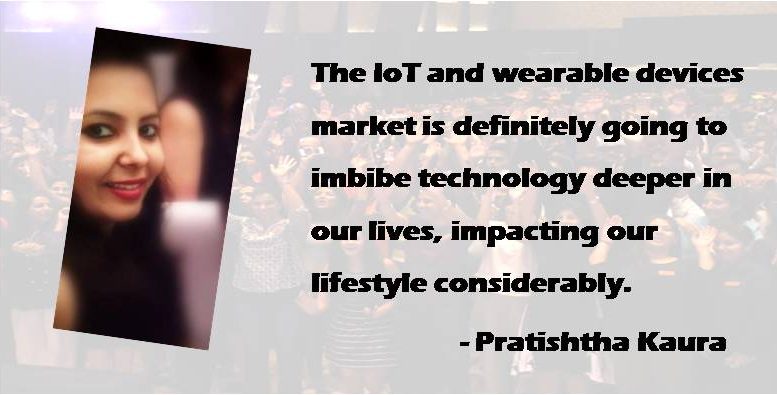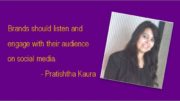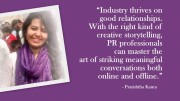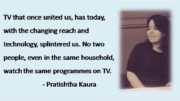Technology in today’s times, is transcending the way we live to the way companies communicate and engage with the consumers in a multitude of ways. The innumerable ways in which fashion and lifestyle brands are using technology, whether it is Internet of Things (IoT), data analytics or the much talked about wearable technology, AR (augmented reality) and VR (virtual reality), clearly prove that this is the era of technology powered lifestyle and fashion. Fashion is evolving – not just on the ramp but also behind the scenes as brands are adapting to new consumer expectations around how, why and when they want to interact.
While tech giants Google and Apple are expanding to other sectors such as fashion, entertainment, home appliances and the automotive industry, there are other niche companies experimenting in this emerging trend. Clothing firm Everlane is using Facebook Messenger as a customer service platform where you can chat with the customer service executives and figure out the product of your choice. This is contrary to the traditional email-led online shopping experience thereby making the whole process personalised and easier for users to connect with the brand.
Wearable devices
Traditional lifestyle brands such as Ralph Lauren, Tag Heuer, etc. have launched technologically enhanced products to tap into the new connected way of life. Ralph Lauren introduced the first wearable technology shirt that measures body rhythms and is more accurate than fitness wrist bands. The shirt counts calories, measures heartbeat, stress levels, happiness and so on. If a person is unwell, all this information could be shared with a doctor in real time. Thus, it is more than just a fashion brand trying to monitor your health on real time basis.
Cosmetics giant, L’Oréal is another such brand that has been consistently experimenting with the use of technology to add a personalised touch to the customer journey. Recently, L’Oreal forayed into wearable devices by launching My UV Patch, a wearable device for fashion conscious customers which could also be called a ‘digital tattoo’. This ‘digital tattoo’ is 50-microns thick (i.e. half the width of a human hair strand) and easy to wear – as simple as putting on a Band Aid. On wearing My UV Patch, when the user stepped out into sunlight, the patch was able to sense the extent of sunlight (exposure of ultra-violet rays) and send out a notification to put on sunscreen through his/her smartphone. The recommendation on what type of UV lotion should be used was completely personalised based on the user’s skin type, colour and tone.
Earlier in June 2014, L’Oréal had introduced the Makeup Genius app that allowed customers to try on cosmetics virtually through an in-app, website or by scanning the physical product in a store.
Product innovation
One of the research labs at IBM India is working on the principle of Cognitive Computing technologies that aims to redefine the fashion industry. The cognitive system known as Fashionista lets users search for the fashion accessories that they are looking for. For example, the user can upload any picture and it will tell where a similar looking product can be bought from. This is done using a combination of natural language dialog, deep image understanding and text understanding capabilities.
There are umpteen apps these days that offer personalised styling with the use of a combination of deep data science and machine learning technologies. Apps like Roposo, Voonik, LimeRoad etc. are networking platforms for people with similar interests in fashion, and lead customers to online retailers that sell fashion products recommended by them.
Way forward
The Internet of Things (IoT) and wearable devices market is definitely going to imbibe technology deeper in our lives, impacting our lifestyle considerably. We are already ‘tweeting’ more than we talk and ‘liking’ more than we acknowledge the activities of our friends and followers.
However, the question is what would be the next wave that brands will employ? Will they leverage the beauty of customisation shaped according to the needs of the consumer? Probably, the same Maybelline will target you through Snapchat and your mom through Facebook or Instagram. And we are definitely going to like it and snap it!







Be the first to comment on "Lifestyle 2.0: How lifestyle brands are leveraging technology for consumer outreach"